At the end of last year, a two-day online event took place to give members the chance to further their professional development at a time when many in-person events were still cancelled. In this Roche Diagnostics-sponsored roundup we look at some of the key takeaway messages from eight sessions, followed by a CPD exercise.
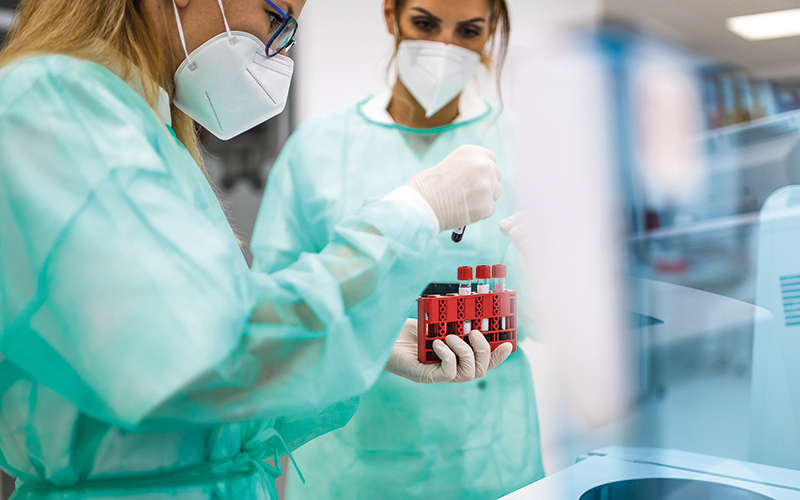
Session 1: Evolving role of the laboratory scientist within the clinical haematology environment
Tracey Smith-Straney, Principal Clinical Scientist – Haematology, Liverpool University Hospitals NHS Foundation Trust
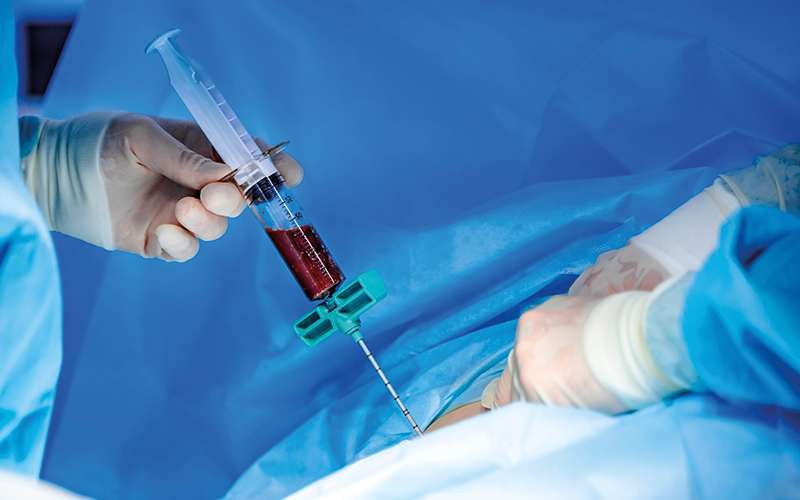
In order to become more patient focused, Tracey needed to go through route 2 as an HCPC-registered Clinical Scientist. Scientists don’t do physical examinations on patients, so she asked clinical colleagues if she could undertake the diagnostics course, which they agreed would enhance her work. When she introduced herself, colleagues on the course were not sure why a lab scientist was undertaking this work. Tracey went to bone marrow clinics to see where she could add value and then started to train so she could undertake this work. This led to a noticeable improvement in sample quality. Tracey now undertakes haematology clinics to assess patients. She still has a lab role, but much of her time is spent in haematology clinics and doing bone marrow biopsies, of which she does four or five a week. There are limits to what her role allows, for example she is not able to prescribe, although she is hopeful that this will change.
Session 2: Changing product regulation in UK pathology labs
Stephen Lee, Director of Diagnostics Regulation, the Association of British HealthTech Industries
Many pathology products and technologies are required to have a CE mark under current EU regulations, from lateral flow assays and sample collection devices, through to bioinformatics, digital pathology and AI. However, post-Brexit change is due, with the UKCA mark to be introduced. The failure of a diagnostic device does not have a direct effect on a patient, it has an indirect effect as action may be taken due to incorrect information provided by a faulty diagnostic device. It is always the manufacturer’s responsibility to validate a device. For certain high-risk products, this is checked by an independent third party. At present most in vitro diagnostics do not have pre-market independent scrutiny, however with regulatory changes, more than 80% will be expected to have pre-marked independent scrutiny. The new UK regulations will come into force in 2022–23 and from June 2023, the UKCA mark will become mandatory. This will hopefully lead to an improvement in products available, but there could be some products used now that will not be available.
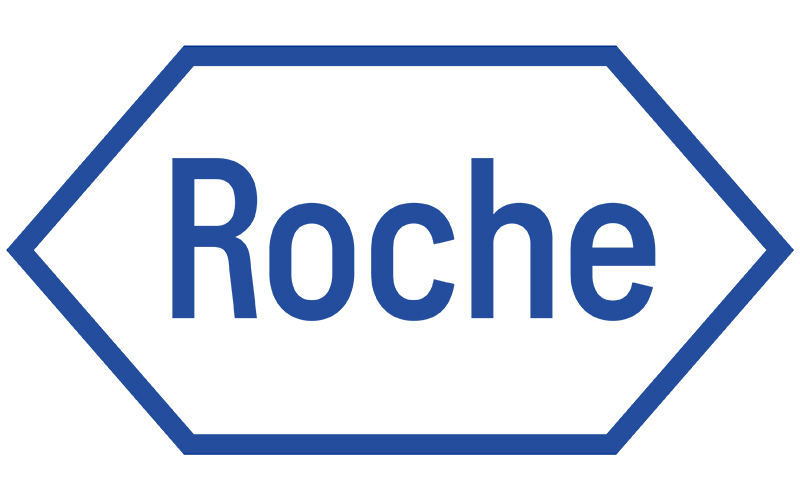
Session 3: Multi-layered prevention: the future of infection control
Helene-Mari van der Westhuizen, Doctoral Researcher, University of Oxford
Traditionally, respiratory illnesses that are spread through droplets have led to a strong emphasis on measures such as hand hygiene and social distancing, because droplets fall within a two-metre radius. Diseases that are spread through aerosol transmission trigger different measures, such as improved ventilation. Aerosol particles can float in the air for hours and travel far beyond two metres. Many diseases have a proportion of asymptomatic spread, so telling people with symptoms to stay at home will not curb the spread of these diseases. You do not need to cough or sneeze for particles to become aerosolised. Ways of tackling asymptomatic transmission include epidemic thresholds, rapid diagnostic tests and mitigating high-risk areas through means such as ventilation, germicidal UV and HEPA filters. We need to think carefully about how we translate hospital-focused infection prevention guidelines to community settings. Ultimately, an evidence-based interdisciplinary approach is needed for infection control, where different disciplines work together. The biggest takeaway message is that a single preventative tool is seldom adequate – a multi-layer approach is needed.
Session 4: COVID-19: A report from Malaysia and Singapore (one year on)
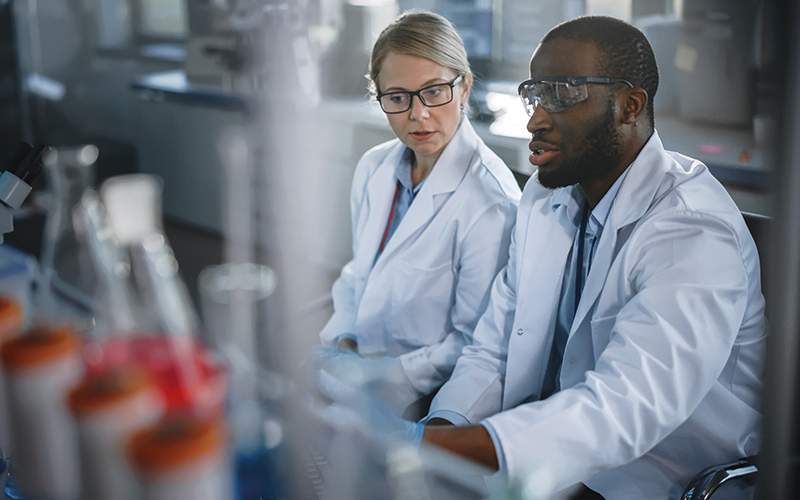
Dr Anthony Rhodes, Professor, and Chooi Ling Lim, Head of the Division of Applied Biomedical Science and Biotechnology, both at the School of Health Sciences, International Medical University in Malaysia
In Malaysia, the median age is about 10 years younger (30.3 years) than that of both Singapore (42.2 years) and the UK (40.5 years). As of 14 April 2020, there had been 82 COVID-19-related deaths in Malaysia, nine in Singapore and 11,347 in the UK. But by November 2021, cases had increased dramatically across all three locations – with 29,676 deaths (1.2% of COVID all cases) in Malaysia, 594 (0.2%) in Singapore, and 142,772 (1.5%) in the UK. However, all comparisons between nations are fraught with difficulty due to differences in testing and reporting. In 2020 Malaysia introduced an app for mobile phones. To enter public spaces – including trains, buses and individual shops and restaurants – you are required to scan a QR code. The app can be used for contact tracing and also has a digital vaccination certificate.
Session 5: Successful Mentoring
Professor Steve Myint, medical academic turned businessman and entrepreneur. He is a former Professor and Chairman of Microbiology and Immunology in Leicester
Mentoring is different from coaching and should be driven by the mentee. There are three types of mentoring – one-to-one mentoring, distance mentoring and group mentoring. Mentoring involves support, direction and motivation. Reasons for wanting to be mentored include changing careers, developing new ideas and keeping motivated. It is good to choose a mentor who is different from you in order to get a different perspective on issues. A good mentor is someone who gives advice that is beneficial to your career, helps you grow your professional network, is a role model, and gives candid feedback on your skills. You should not choose your line manager, someone who is very busy, or someone who is less experienced in your sector than yourself.
Session 6: Sustainability in Science
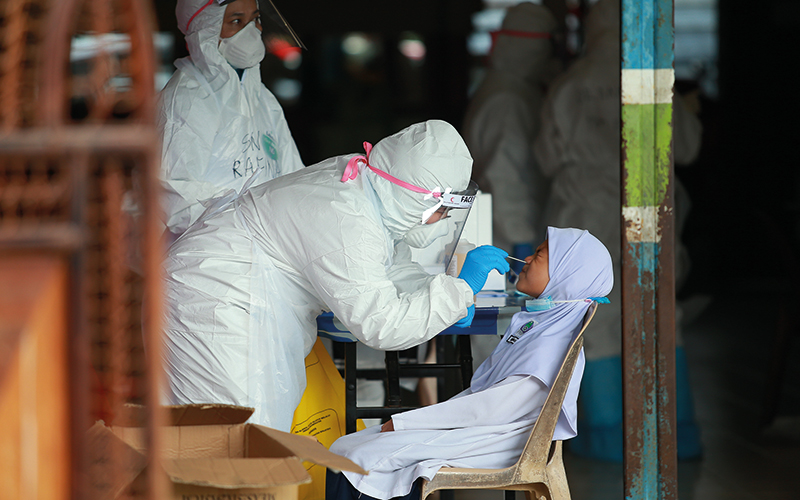
Martin Farley is Sustainable Research Manager at King’s College London
We have the largest workforce ever, we are in the midst of a climate crisis and we are trying to achieve net zero in the UK. Our science cannot keep growing as it has – we need to have sustainability if we are going to achieve our targets. In 2014, lab plastics were estimated to contribute 1.8% of total global plastic waste. A typical ULT freezer will consume as much energy in a year as an average UK household.
We don’t know what the carbon emissions of science are, but we know scientific research and development contributes just under 2% of the world’s GDP. Between 2007 and 2013, science outpaced the global economic growth rate by about 50%. Sustainable and green labs are something we need to embrace going forwards.
Session 7: Launching an Innovative Service
Richard Wardle, Lead Laboratory Manager in Haematology, Coagulation and OPD Phlebotomy Services, Sheffield Teaching Hospitals NHS Foundation Trust
The number of phlebotomy samples reduced drastically at the start of the pandemic. We needed to increase capacity without compromising safety, so we introduced a drive-through phlebotomy service. We put up a marquee with five lanes for cars; patients would put their arm out of the car window and be bled. You should always go for a small launch then you can increase the scale. Also, prepare for failure, as well as success, then you can adapt. Within weeks we had 500 cars a day, which led to long queues, so we increased capacity to seven lanes. Then as we came into winter we needed to move the drive-through to an internal site as it was getting dark early and it was too cold. We are looking at what other services can be used with a drive-through, for example, point-of-care testing. We have been contacted by more than 40 trusts and organisations about our drive-through.

Session 8: Going Paperless
Leah Riley, Histology Manager, and Olly Gomme, Medical Technical Officer and Green Champion, both at Royal Devon and Exeter NHS Foundation Trust.
Trying to persuade everyone to go paperless was not easy, but it gave us a benchmark and made everyone examine what they were doing. We made small changes and got people talking about going green. Using paper as a disposable commodity was embedded in our day-to-day working life. The histology lab used an estimated 400,000 sheets of paper, 40,000 request cards and 80,000 paperclips per year. The team still has one small paper label that they have to produce per specimen. Paper comes from an internal source, but a lot of waste in histology comes from external sources, such as deliveries, so we want to tackle packaging next. We use over two tonnes of metric specimen bags every year;, we are hoping to be able to recycle these in the future. Our main aim is to challenge the suppliers to reduce their packaging.
CPD Exercises
Session 1: Evolving role of the laboratory scientist within the clinical haematology environment
- Tracey Smith-Straney undertook a clinical diagnostics course to add value to the process and this led to an improvement in sample quality.
- Her role is now purely patient-facing.
- Tracey has the ability to complete the entire patient pathway, from initial diagnosis to prescribing medications.
Session 2: Changing product regulation in UK pathology labs
- At present, lateral flow tests require a CE mark.
- The failure of a diagnostic device has a direct impact on a patient’s health and wellbeing.
- In certain circumstances the validation of a diagnostic device is the laboratory’s responsibility.
Session 3: Multi-layered prevention: the future of infection control
- Aerosol particles can travel beyond two metres.
- COVID-19 is the only disease that can be asymptomatic.
- You can mitigate high-risk areas through use of ventilation, germicidal UV and HEPA filters.
Session 4: COVID-19: a report from Malaysia and Singapore (one year on)
- Singapore has a far lower median age than the UK and Malaysia.
- In April 2020, the number of COVID-19 deaths in the UK was more than 100 times higher than for Malaysia and Singapore combined.
- By November 2021, Singapore had a far lower percentage of deaths per total number of COVID-19 cases reported than the UK and Malaysia.
Session 5: Successful mentoring
- Mentoring should be driven by the organisation.
- A good mentor is someone who helps you grow your professional network.
- Your line manager is an ideal mentor, as they are familiar with your work.
Session 6: Sustainability in science
- Lab plastics are estimated to account for nearly 2% of total global plastic waste.
- A typical ULT freezer consumes as much energy in a year as the average person.
- Science is growing at a slower rate than the global economy.
Session 7: Launching an innovative service
- You should launch with maximum capacity and you can always scale back, if needed.
- Within weeks, the drive-through phlebotomy services received 500 cars a day.
- The trust has had enquires about their drive-through phlebotomy service from more than 40 trusts and organisations.
Session 8: Going paperless
- The lab previously used an estimated 400,000 sheets of paper per year.
- The histology department now does not use any paper or labels at all.
- Paper was an internal source of waste, but there are many external sources of waste in histology, too.
For the answers to this CPD exercise visit thebiomedicalscientist.net/events
All the sessions from the Biomedical Scientist Live 2021 have been archived and can be viewed by members for free at live.thebiomedicalscientist.net
Image credit | iStock |Shutterstock
